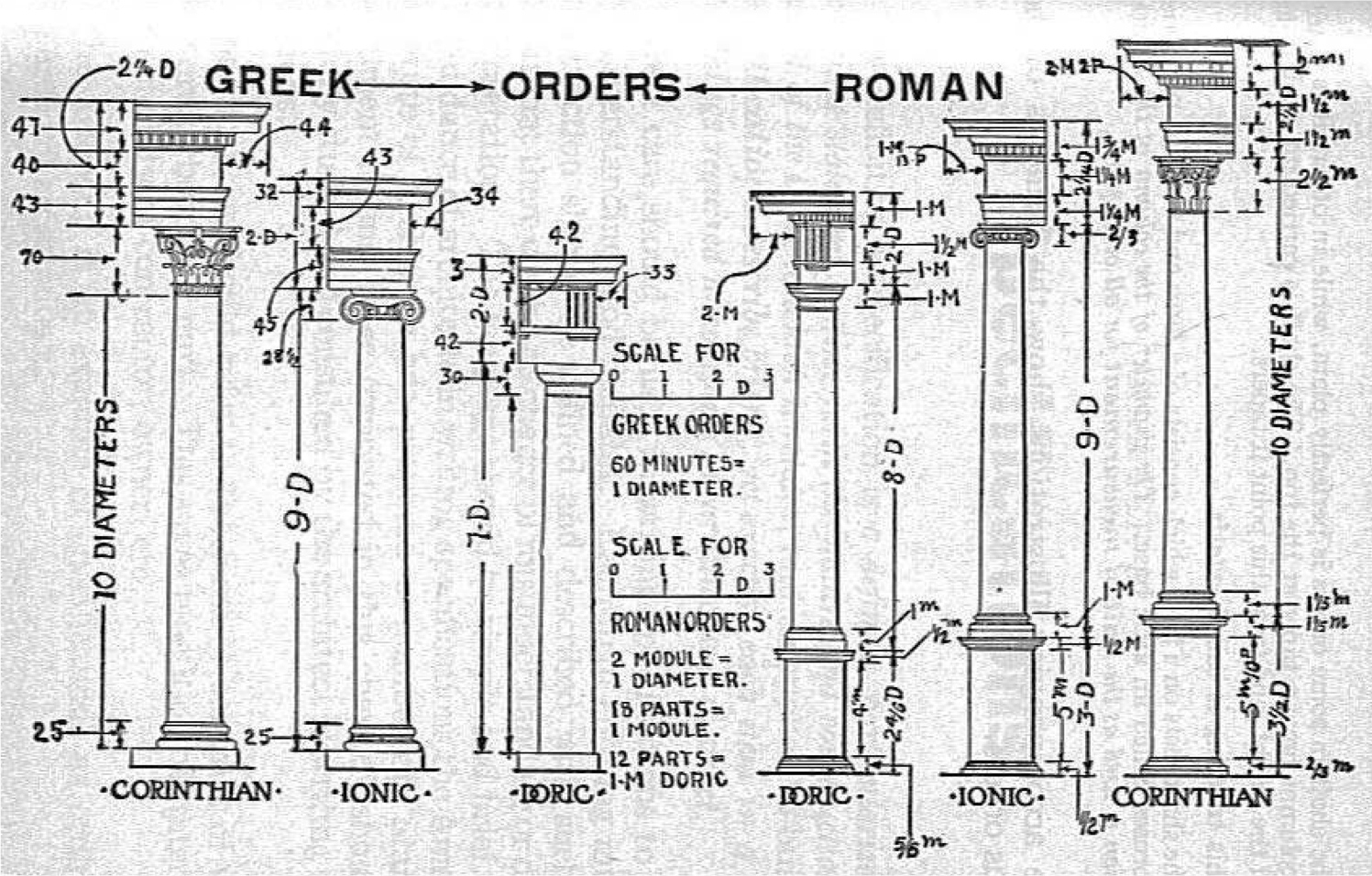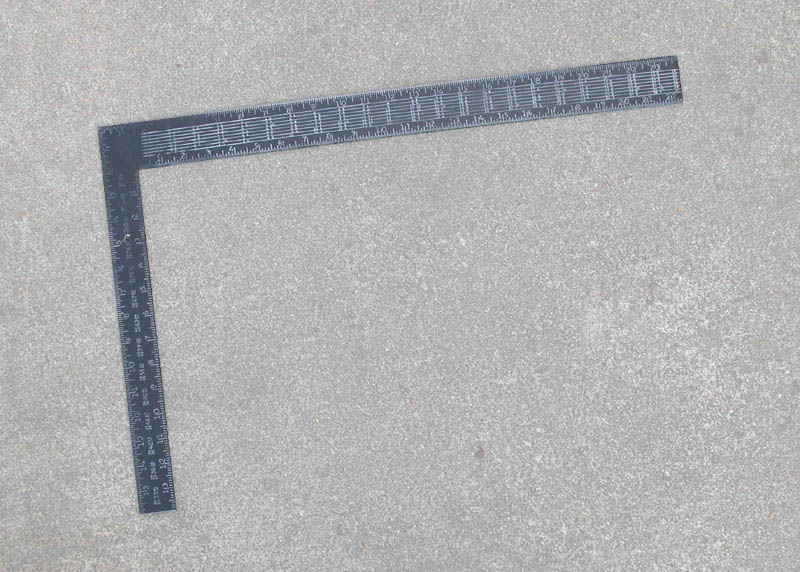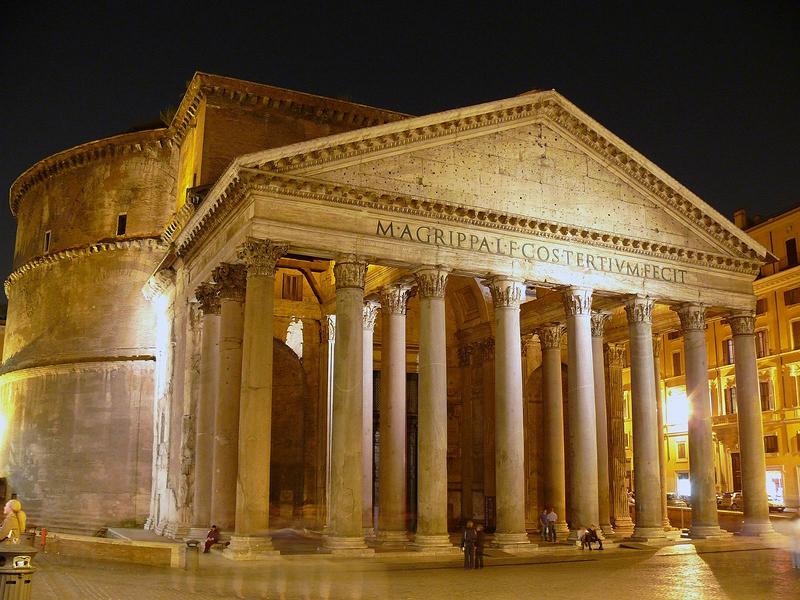You don’t know what you don’t know.
You don’t know what you don’t know.
How much do you think you could write about the steel square? I suspect many of you have to ask what a steel square even is, never mind writing about it. I was reminded of this ancient and vital tool as I prepared for a recent talk. I have said before that we have forgotten how to build, and I wanted to back it up with some hard facts.How much do you think you could write about the steel square? What is a concrete example of something we have forgotten?
One of my favorite examples of our lost skill is this picture.

It is from the 1926 addition of Audel’s carpentry books. This picture is a worksheet that lays out the proportions and details of the Greek and Roman orders. The proportions, as many carpenters understood in 1926, helped determined the layout and size of moldings in a room. I suspect most architects couldn’t put this type of sheet together today. It is an example of a forgotten skill.
The steel square is another example of the lost art of building. This simple tool used to have a much greater role on the job site.

You may know it as a framing square. It is the simplest of tools, a right angle. This would have been used in Egypt on the pyramids, in Greece at the Parthenon and used in Renaissance Italy by Andrea Palladio.
In the 1870’s a man named Fred Hodgson wrote a 2 volume set of books on the steel square. Yes, 2 books! Turns out you can do a lot with this infamous shape.
I reviewed the books this weekend. Like other early builder manuals, a lot of time is devoted to using geometry. The book covers very simple tasks like the layout of stair treads, to very complicated exercises like double pitched roofs and elliptical arches. Turns out a steel square in the hands of smart craftsman can be quite useful.
Today the calculator is used in place of the steel square. Are we worse for not knowing how to use a steel square? Maybe not, but I would caution the carpenter who thinks is a better or improved craftsmen because he has bypassed this ancient tool. Technology encourages hubris. Technology makes us think we are better or more advanced than we really are. Remember, the best designed and longest lasting buildings (Greek and Roman temples, Gothic cathedrals) were constructed during a time of very low technology. Our technological pride causes us to look past this telling fact. . . We still have much to learn.
The Pantheon in Rome was built 2000 years ago. How many of our buildings will still be standing in 200 years?
-B


